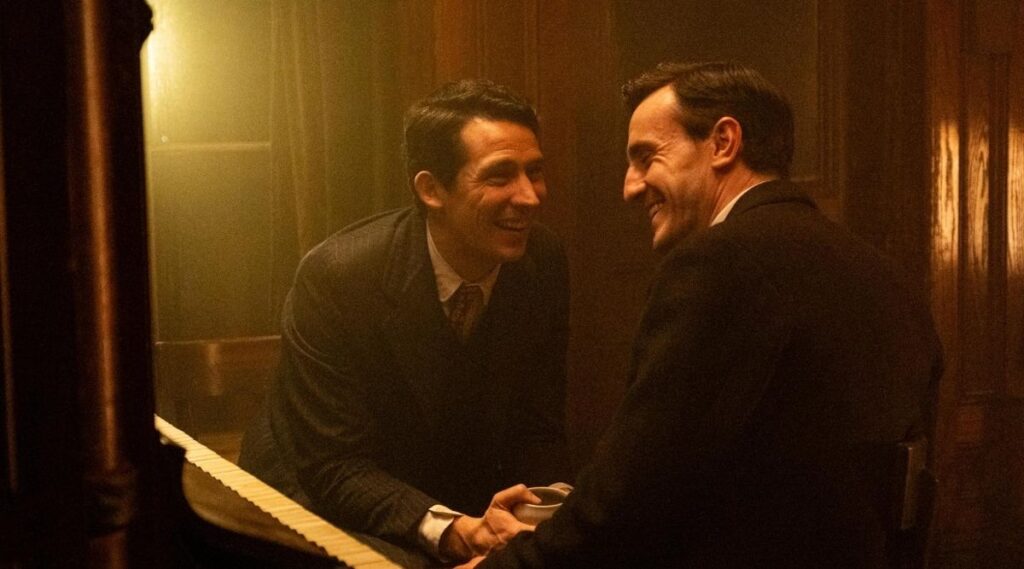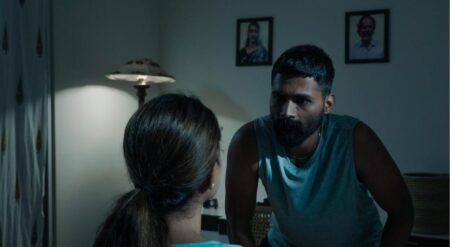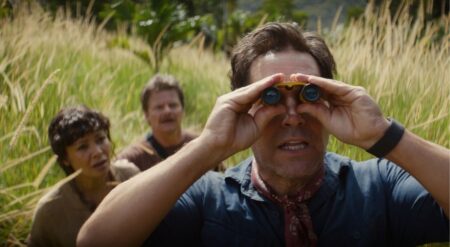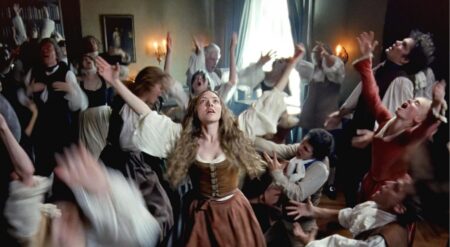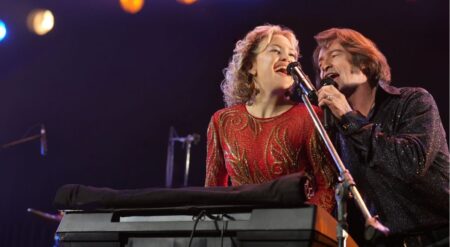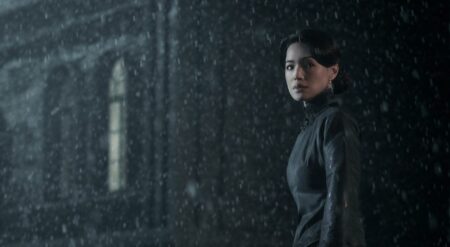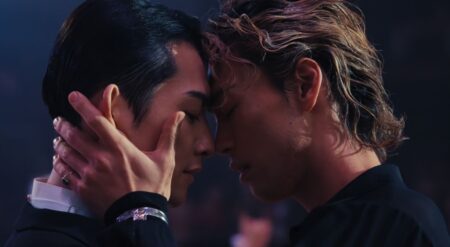There are a lot of movies about the transformative power of music. There are few that take it to such literal and metaphysical heights as The History of Sound. A triumph of metaphor and screen chemistry, director Oliver Hermanus adapts screenwriter Ben Shattuck’s book of the same name into a slow, gorgeous, dire study on folk music and its stories.
Lionel (Paul Mescal) and David (Josh O’Connor) meet in a conservatory shortly before WWI. The former is a Kentucky-bred singer, the latter a musician with an affinity for folk music. The two connect, initially, over David’s photographic memory for the songs of Lionel’s country upbringing. Lionel’s synesthesia draws him in at first, but a physical and romantic bond draws them closer in a short time.
The war wrests the pair apart, but when they come back together some time later for a folk song collecting trip through wintry Maine, their story grows with every stop they take to record somebody else’s. The History of Sound does a sensational job blending the real, physical recording of sound with the metaphorical and metaphysical notion that recorded sound transports its listeners across space and time.
Folk music plays a literal and metaphorical role in the emotional stakes of The History of Sound.
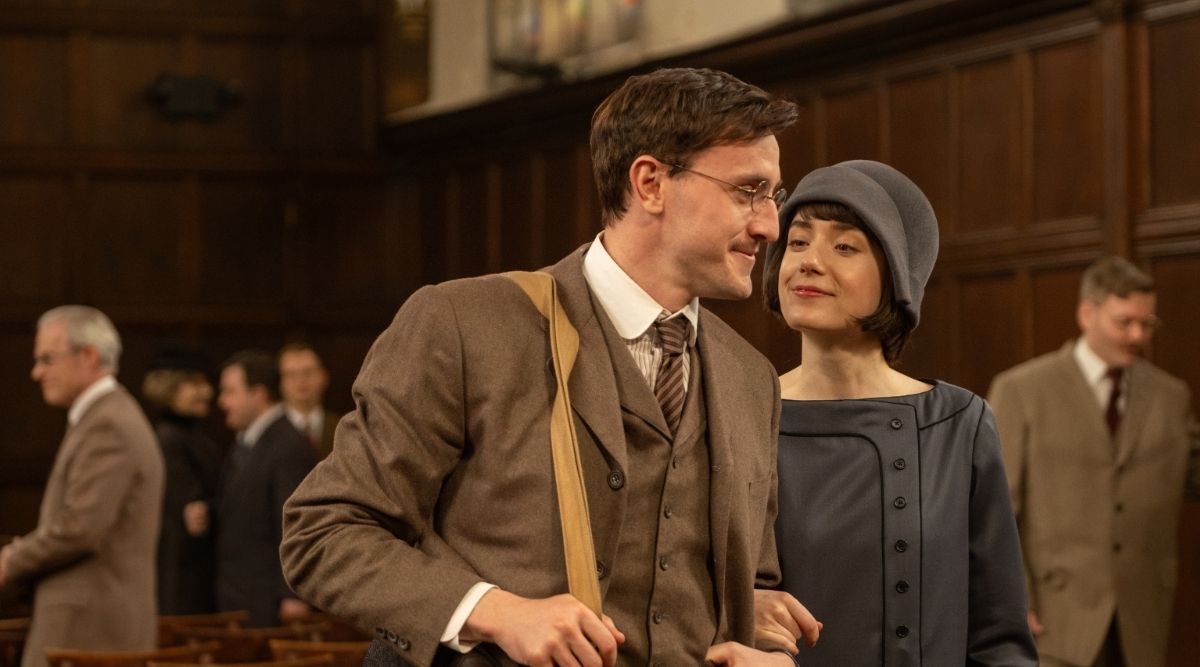
Folk music is a storytelling mechanism. Its singers pass them down over the generations and across great expanses of the earth. David spent his years in England, yet Lionel knows the same folk songs because so many of them reached Kentucky over generations of British immigrants mixing their sounds with former slaves in the Appalachian mountains until all new folk traditions were born and reborn.
The songs’ themes often speak of love, death, and the profound, varied emotions in between. But folk music, in particular, is a subject of academic interest because it is fleeting by nature. If the songs are not recorded in some manner while there are people around to sing them, they could well be lost to time if their oral tradition ever dies. David leads Lionel to a crossroads at Malaga Island on this subject in one of The History of Sound’s most moving sequences.
The residents of the island are the very mix of poor Europeans and African Americans that gives folk music its character. But the governor of Maine is set to displace and scatter the community for no discernible reason. The two men have a spirited debate about what their role is in this community. Like any ethnographic study, it must debate: are they meant merely to observe and record, or is it their moral responsibility to meddle in this community’s affairs?
The movie isn’t interested in providing answers to any of these types of philosophical debates. It’s content simply to raise them and let you ponder them for yourself. Lionel and David have a personally moving experience recording folk songs along their trek. The fate of those whose songs they capture, and of the songs themselves, is left open to suggest.
Josh O’Connor and Paul Mescal add harmony to the movie’s great texture.
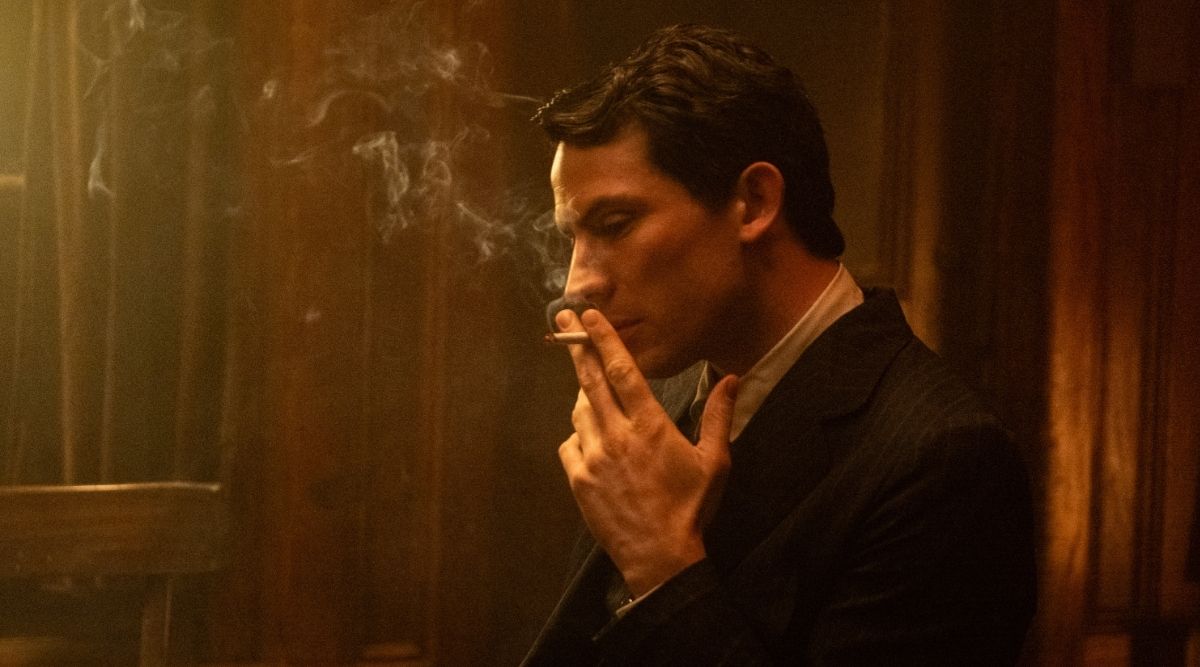
The way David and Lionel exist together is always met with an air of uncertainty. Like if they say the wrong thing, something might fall apart. Or if they don’t say enough about how they feel for each other, the feelings may be lost to time, like their songs.
But when they are together, O’Connor and Mescal are magical. It’s not that either performance is especially bold or stands out. There’s just a wonderful harmony between them that adds great texture to The History of Sound’s already spectacular landscape.
The movie looks and sounds outstanding. From the farms of Kentucky to the dimly lit university bar, the backcountry of Maine to the English and Roman architecture. Everywhere The History of Sound finds itself resonates more than most modern period pieces, where the sets feel fake or the backgrounds are too filled with CGI. The movie is about taking a long walk through nature. It should feel this real.
The most moving aspects of David and Lionel’s relationship and the metaphors it raises don’t come into play until they are apart in the movie. Sound is rarely something we think of as physical, since it can’t be seen or felt. But the movie has a beautiful moment where Lionel explains to a child who, understandably, has never encountered recorded sound before in the 1910s.
The most moving part of The History of Sound is how it explains the power of music.
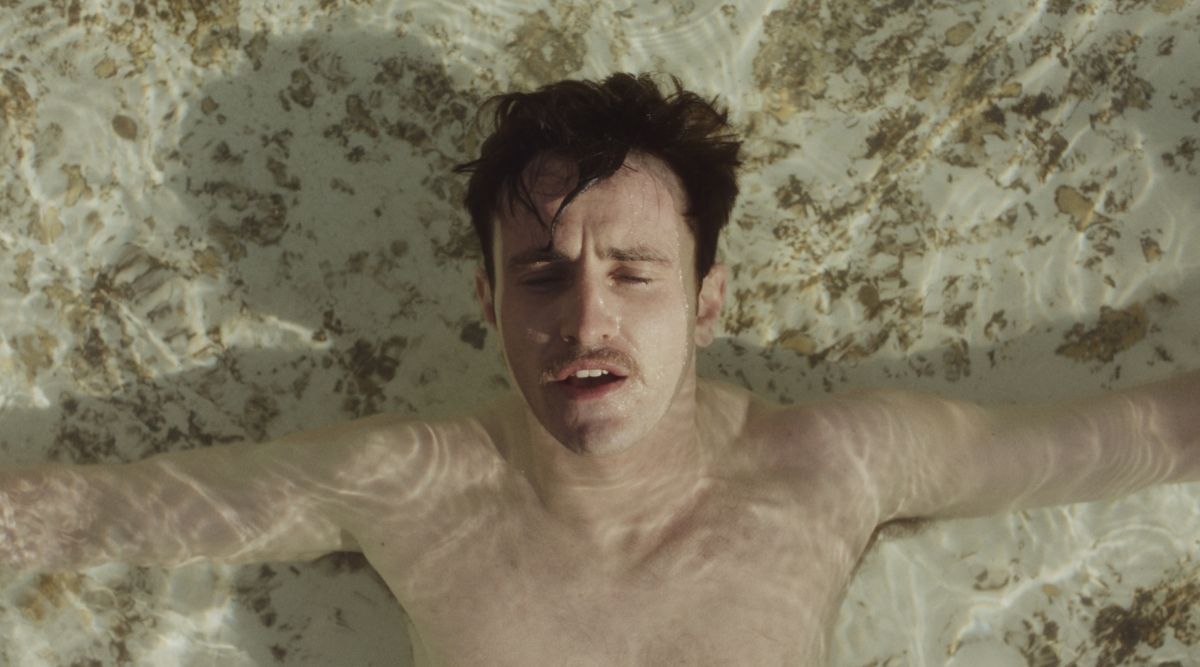
Sound is produced by objects, like our vocal chords, vibrating and moving the air, and then moving the organs in our ears to process it. When sound waves are recorded on wax, or vinyl, or as digital files, it lets us take a sliver of the history of the physical world and experience it again in a different time and different place.
It’s a beautiful notion on its own, but the themes of folk music, love and death, are some of the most pervasive in human history. The History of Sound is special for the way it makes poetic this universal experience while also applying it to just two people who briefly crossed paths, making their own stories and recording other people’s along the way.
It should also be noted that Chris Cooper does an excellent job narrating the film. He sets the tone from the onset with tone-setting visuals and periodically updates the audience on the place and time as the movie makes time jumps. His late film on-screen appearance is elevated by the fact that his voice is already familiar. When he does arrive on-screen, the brief looks on his face and monologue he gives become the emotional lynchpin of the whole movie.
The History of Sound is a slow trod through the woods, but it is a sonorous one, literally and emotionally. Experiencing histories through sound before they are lost forever is a special gift in this world. The History of Sound does a splendid job capturing some of its emotions.
The History of Sound is in theaters September 12th.
Director Oliver Hermanus talks The History of Sound
Director Oliver Hermanus talks to But Why Tho? about his latest movie, The History of Sound. He shares the power of folk music to move us across space and time and how the songs picked for the movie helped shape its emotional arc.
The History of Sound
-
Rating - 8.5/108.5/10
TL;DR
The History of Sound is a slow, sonorous trod through the woods between two lovers, literally and emotionally, as they record folk songs together.

